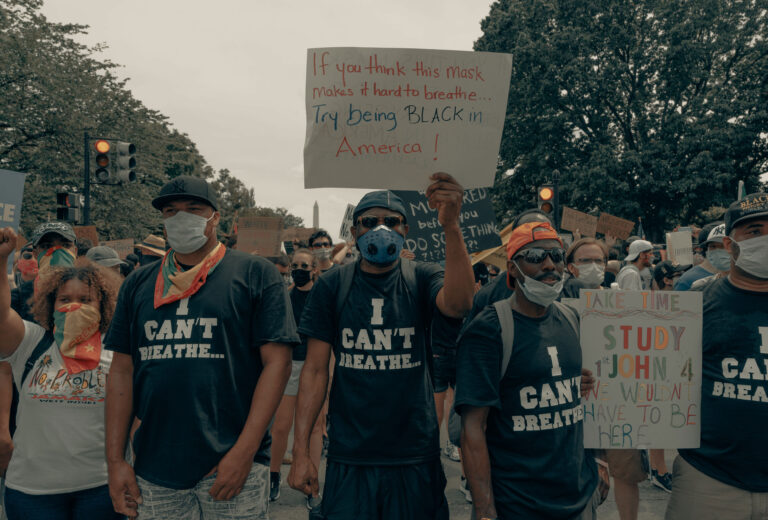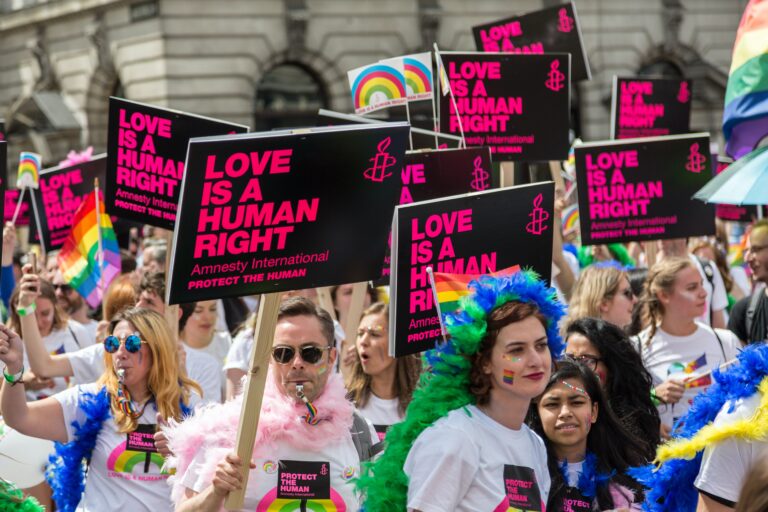Protest and Community Response to Police-Involved Killing in the Age of Black Lives Matter?
- December 3, 2021
- Brooke Shannon (and coauthors)
Largely, community response to police killings are rare events, even in the communities in which they are common occurrences. In this paper, we explore two years of police killings to identify the conditions present when communities push back.
What are the factors that lead to protest or community response following a police killing? This study develops a new measure of community response from databases of people killed by police that include individual characteristics such as race, age, and location, to explore the factors that spark protest or social unrest following a community member killed by police. We compile the two for the years 2015-16 and a small set of 100 victims killed in 2019-20.
Using a series of logistic regression models, we attempt to disentangle the impact of the BLM movement on the level of community response to officer-involved fatalities. The central hypothesis is informed by collective action theory, which questions whether the existence of repression can disincentivize individuals from joining protests or social movements. Although it is generally found that repression disincentivizes people from protesting, repression considered unjust may have the opposite effect in increasing motivation to join protest. Therefore, we hypothesize that the strength of local law enforcement institutions, measured in size with number of police officers and electoral system for local sheriffs to measure political influence of local law enforcement, impacts the likelihood of protest. We expect more protests in states with more officers, in states with sheriffs elected in partisan elections and Republican governors. We also expect more protests following killings by law enforcement agencies that also have civilian oversight on the department.








